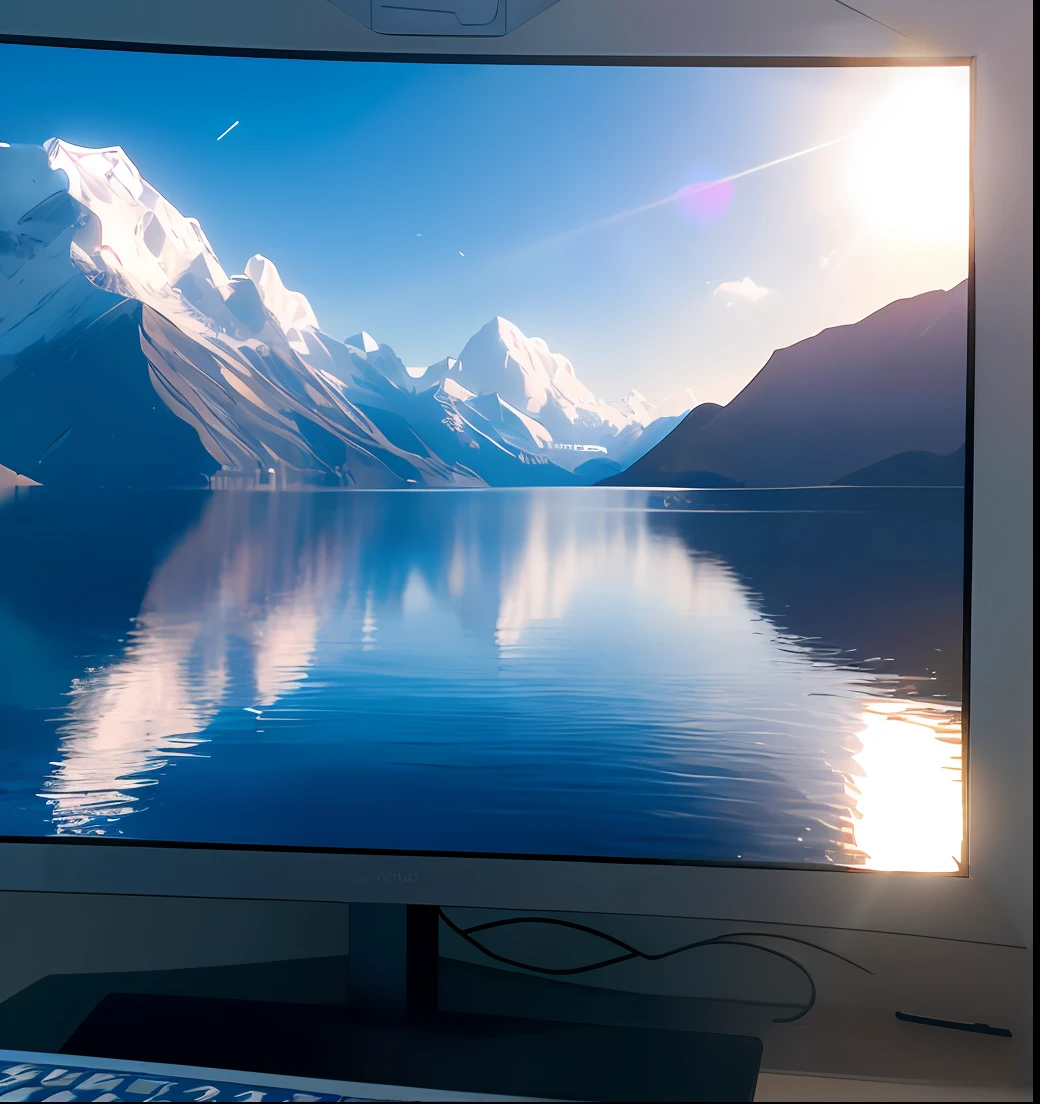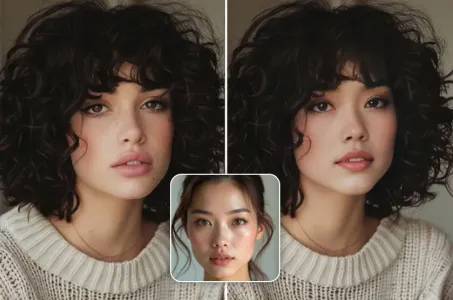Arafed view of a computer monitor with a keyboard and mouse


Some things are just between you and me.
Reflections are an important aspect to give life to the environments, allowing light to ground the objects in the scene. In real-time 3D, reflections begin with how Materials are set up. Materials with low roughness values make surfaces more or less reflective. This can be the difference between creating a mirrored surface or a brushed metal. Unreal Engine provides several dedicated reflection systems to use in your projects. Some of them can be used in conjunction with each other or on their own, deprioritizing any other methods of reflection. Choosing what types of reflections you enable for your project mostly comes down to the quality you want to achieve and the platforms you intend to launch on. Some reflection systems may be too expensive for performance, supported only on certain platforms, or may have hardware constraints. Types of Reflections When developing your project, you'll want to consider whether your project needs dynamic reflections, the level of quality it should achieve, and whether the target platform you want to launch supports them or not. For example, using a combination of static Reflection Captures with a dynamic post-process effect of Screen Space Reflections works well for most platforms and is quick to render, but has rendering artifacts due to its nature. However, the use of Lumen Global Illumination and Reflections or Ray Tracing Reflections emulates light and reflections more accurately for terrestrial objects in the scene, but has a higher rendering cost and is not supported on all platforms. The available reflection systems support the following types of reflections and platforms: Reflection System Type of Reflections Supported Platforms Lumen reflections Dynamic High-end desktop PCs and next-generation consoles Ray Tracing Reflections Dynamic Desktop PC Systems Windows 10, Di
Prompts
Copy
Reflections are an important aspect to give life to the environments, allowing light to ground the objects in the scene. In real-time 3D, reflections begin with how Materials are set up. Materials with low roughness values make surfaces more or less reflective. This can be the difference between creating a mirrored surface or a brushed metal.
Unreal Engine provides several dedicated reflection systems to use in your projects. Some of them can be used in conjunction with each other or on their own, deprioritizing any other methods of reflection. Choosing what types of reflections you enable for your project mostly comes down to the quality you want to achieve and the platforms you intend to launch on. Some reflection systems may be too expensive for performance, supported only on certain platforms, or may have hardware constraints.
Types of Reflections
When developing your project, you'll want to consider whether your project needs dynamic reflections, the level of quality it should achieve, and whether the target platform you want to launch supports them or not.
For example, using a combination of static Reflection Captures with a dynamic post-process effect of Screen Space Reflections works well for most platforms and is quick to render, but has rendering artifacts due to its nature. However, the use of Lumen Global Illumination and Reflections or Ray Tracing Reflections emulates light and reflections more accurately for terrestrial objects in the scene, but has a higher rendering cost and is not supported on all platforms.
The available reflection systems support the following types of reflections and platforms:
Reflection System
Type of Reflections
Supported Platforms
Lumen reflections
Dynamic
High-end desktop PCs and next-generation consoles
Ray Tracing Reflections
Dynamic
Desktop PC Systems Windows 10, Di
0 comment
0
0
0









